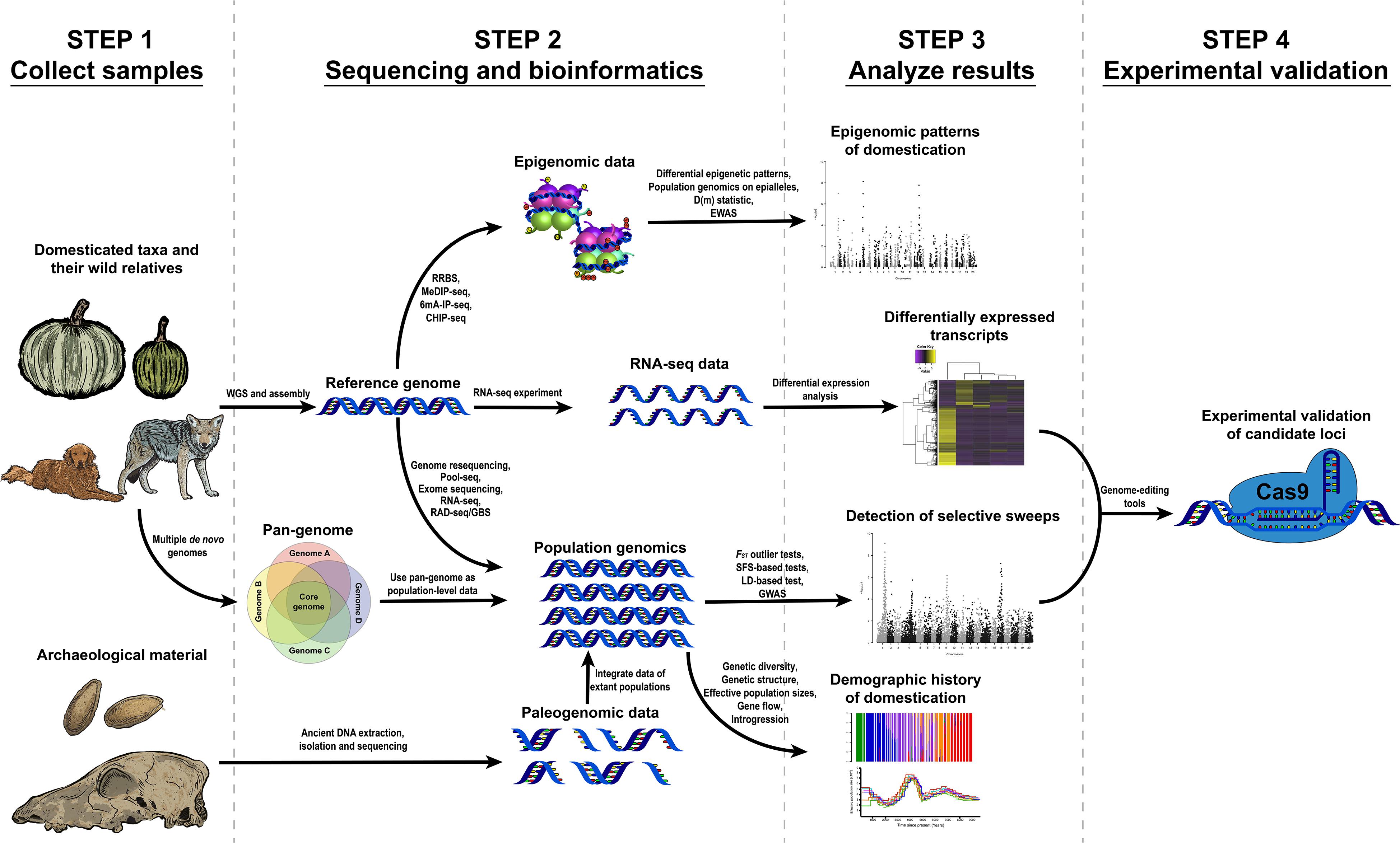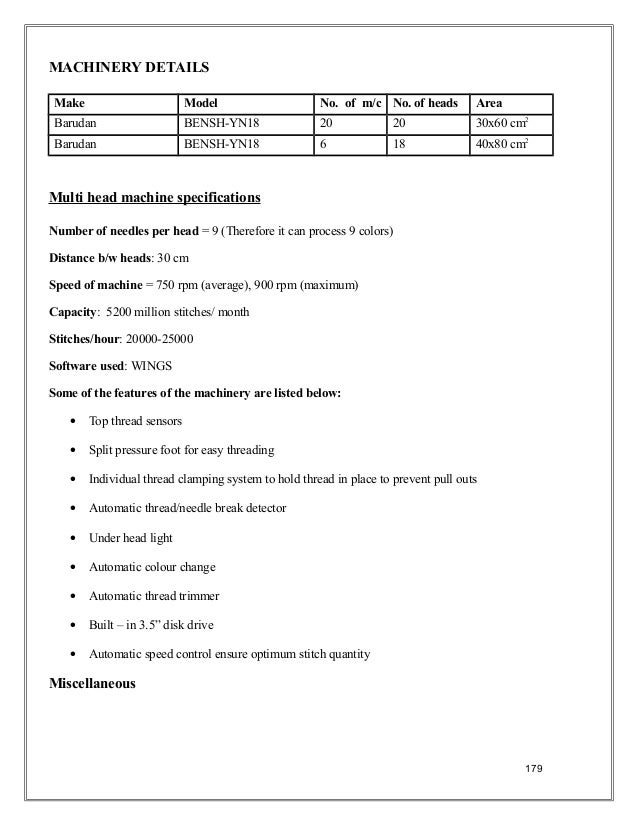Aug 10, 2016 Well, I must be doing something stupid! I can't get the connection between my PC running Wilcom Studio 3 Elements and the Tajima Neo TJET2 embroidery machine! The serial settings are set in Wilcom - serial com6 & 19200 speed however, I don't know what other settings should be to get it to talk to the Tajima - stop bits 8? Flow hardware? 13 Prohibited forward ( When offset is set) Set the offset value to zero, or move the frame by a distance of offset and move the frame. 16 Tape format 5 is selected although no designs Save design to memory are stored in memory. 17 After 30 designs have been stored in memory, Only 30 designs can be stored in memory. Remove unnecessary designs. The HC-SR04 is an inexpensive, easy to use ultrasonic distance sensor, with a range of 2 to 400 cm. It is commonly used in obstacle avoiding robots and automation projects. In this tutorial, you will learn how the sensor works and how to use it with Arduino.

Tajima TMBU-SC series is an embroidery machine that supports not only regular embroidery such as caps and shirts, but also large products such as golf bags and travel carry bags. TFMX-C Series Diversified applications are available to a wide range and variety of products, using a. Dec 11, 2019 Serial communication is a way for data transmission over long distances. Commonly associated with RS232 and TTL serial, it enables Arduino and other microcontrollers to communicate with your computer or other serial devices.
You will learn how to interface Ultrasonic Sensor HC-SR04 with Arduino. It can be an Ultrasonic Range Sensor or any purposes.
- 106,075 views
- 4 comments
- 31 respects
Components and supplies
| × | 1 | ||
| × | 1 | ||
| × | 1 | ||
| × | 4 | ||
| × | 1 |
Necessary tools and machines
|
Apps and online services
|
About this project
Ultrasonic Sensor HC-SR04 is a sensor that can measure distance. It emits an ultrasound at 40 000 Hz (40kHz) which travels through the air and if there is an object or obstacle on its path It will bounce back to the module. Considering the travel time and the speed of the sound you can calculate the distance.
The configuration pin of HC-SR04 is VCC (1), TRIG (2), ECHO (3), and GND (4). The supply voltage of VCC is +5V and you can attach TRIG and ECHO pin to any Digital I/O in your Arduino Board.
The materials that we need to make this project:
1. Arduino UNO R3 CH340 (you can use any Arduino Boards)
2. Ultrasonic Sensor HC-SR04
3. Male to Male Jumper Wires
4. Breadboard
The connection of Arduino and Ultrasonic Sensor HC-SR04
In order to generate the ultrasound we need to set the Trigger Pin on a High State for 10 µs. That will send out an 8 cycle sonic burst which will travel at the speed sound and it will be received in the Echo Pin. The Echo Pin will output the time in microseconds the sound wave traveled.


For example, if the object is 20 cm away from the sensor, and the speed of the sound is 340 m/s or 0.034 cm/µs the sound wave will need to travel about 588 microseconds. But what you will get from the Echo pin will be double that number because the sound wave needs to travel forward and bounce backward. So in order to get the distance in cm we need to multiply the received travel time value from the echo pin by 0.034 and divide it by 2.
For the programming code, first we need to define the Trigger Pin and Echo Pin that connected to Arduino board. In this project EchoPin is attached to D2 and TrigPin to D3. Then define variables for the distance (int) and duration (long).
In the loop first you have to make sure that the trigPin is clear so we have to set that pin on a LOW State for just 2 µs. Now for generating the ultrasound wave we have to set the trigPin on HIGH State for 10 µs. Using the pulseIn()function you have to read the travel time and put that value into the variable “duration”. This function has 2 parameters, the first one is the name of the echo pin and for the second one you can write either HIGH or LOW. In this case, HIGH means that the pulseIn() function will wait for the pin to go HIGH caused by the bounced sound wave and it will start timing, then it will wait for the pin to go LOW when the sound wave will end which will stop the timing. At the end the function will return the length of the pulse in microseconds. For getting the distance we will multiply the duration by 0.034 and divide it by 2 as we explained this equation previously. At the end we will print the value of the distance on the Serial Monitor.
Steps :
1. First do the wiring as shown in the picture

2. Open Arduino IDE Software and write down your code, or download the code below and open it
3. Choose your own Arduino board (in this case Arduino Uno), by selecting Tools > Board > Arduino/Geniuno Uno
4. Choose your COM Port (usually it appears only one existing port), Tools > Port > COM.. (If there are more than one ports, try it one by one)
5. Upload your code by pressing Ctrl + U or Sketch > Upload
6. To display the measurement data you can use Serial Monitor by pressing Ctrl + Shift + M (make sure that the baudrate speed is 9600)
Results:
After uploading the code, display the data with Serial Monitor. Now try to give an object in front of the sensor and see the measurement.
For the consideration, you can use your manual tape meter to measure the distance and compare it with the distance on Serial Monitor. If you want to display it on LCD, you can follow the second wiring diagram and upload the code below.
Code

Ultrasonic Sensor HC-SR04 with Arduino Code for Ranging TestC/C++
Ultrasonic Sensor HC-SR04 with Arduino and LCD CodeC/C++
Schematics
Author
Tajima Serial Connection Distance Range
Arbi Abdul Jabbaar
- 2 projects
- 0 followers
Published on
September 17, 2019Members who respect this project
Series And Parallel Connection
and 24 others
See similar projectsyou might like
Table of contents
